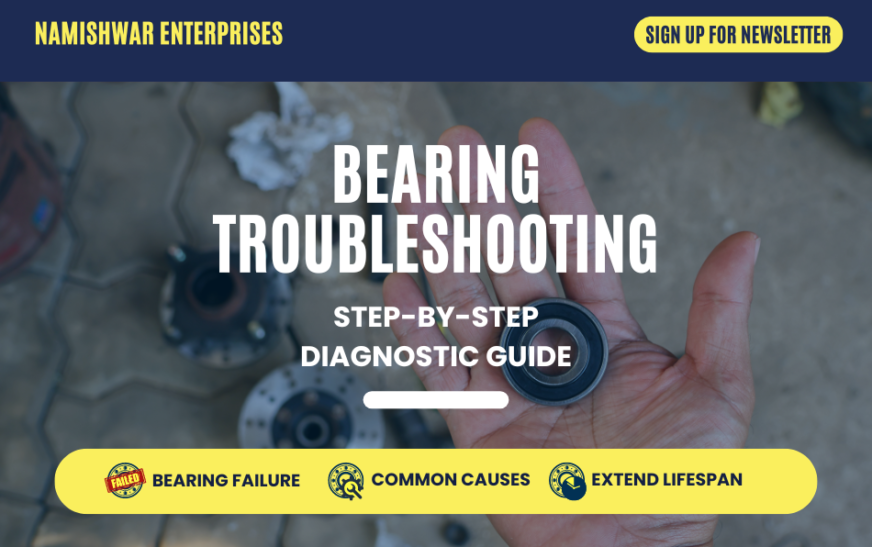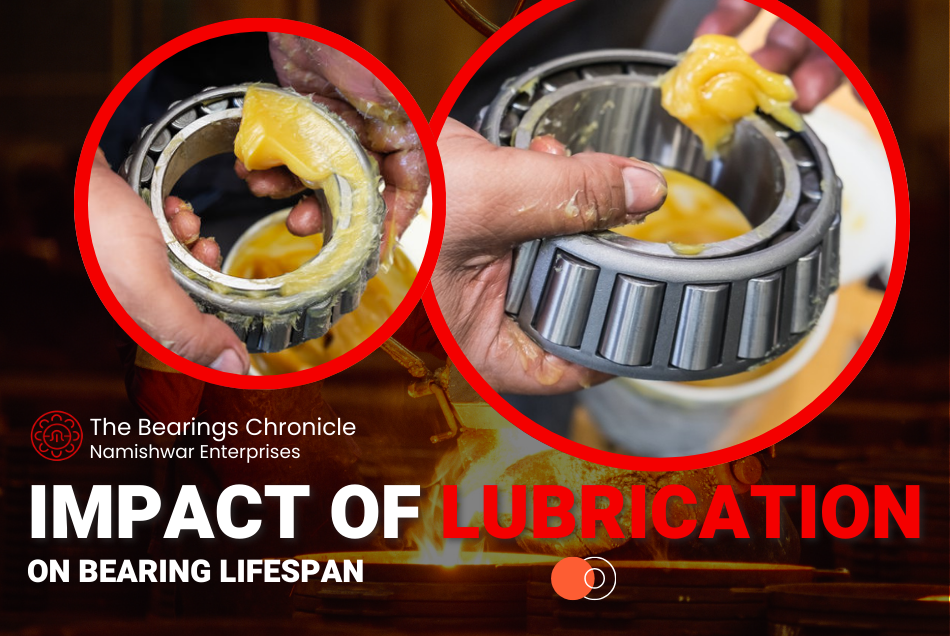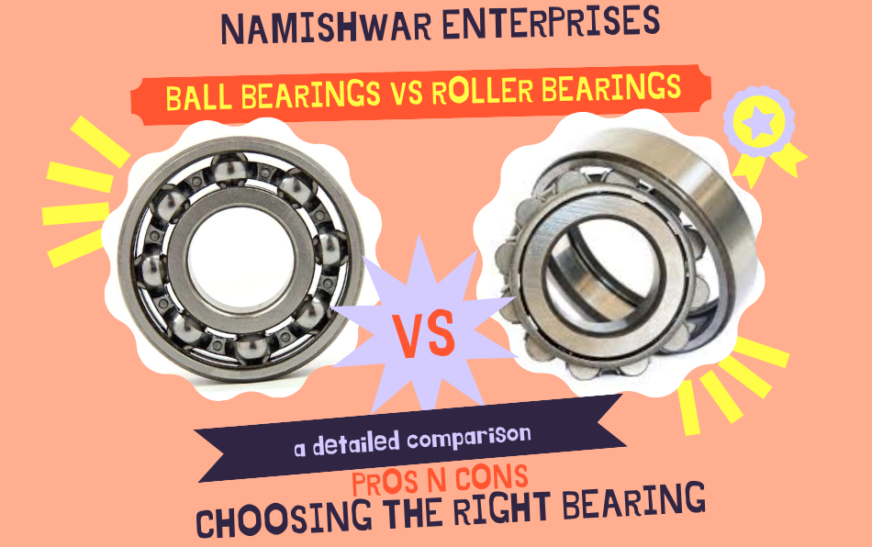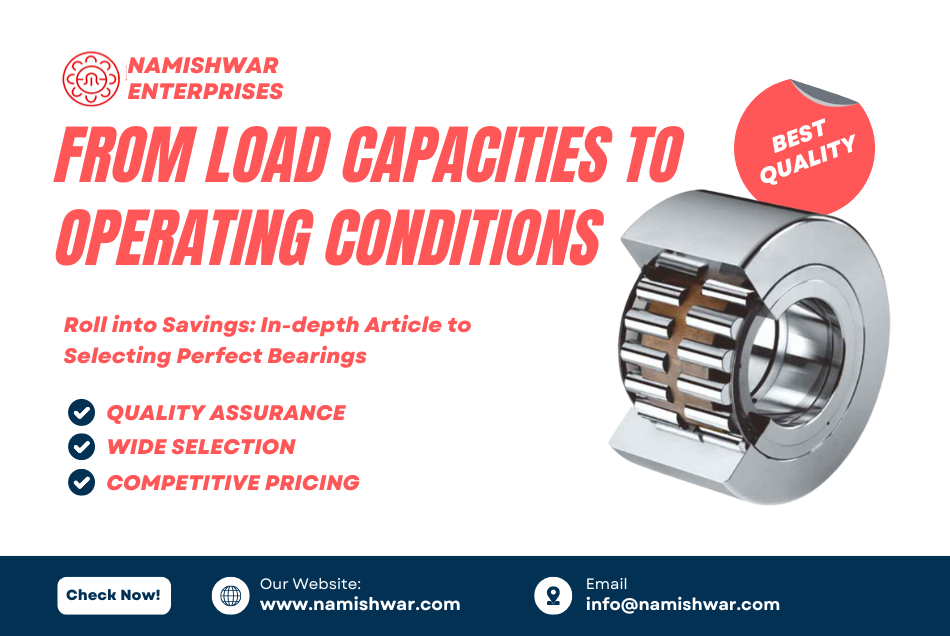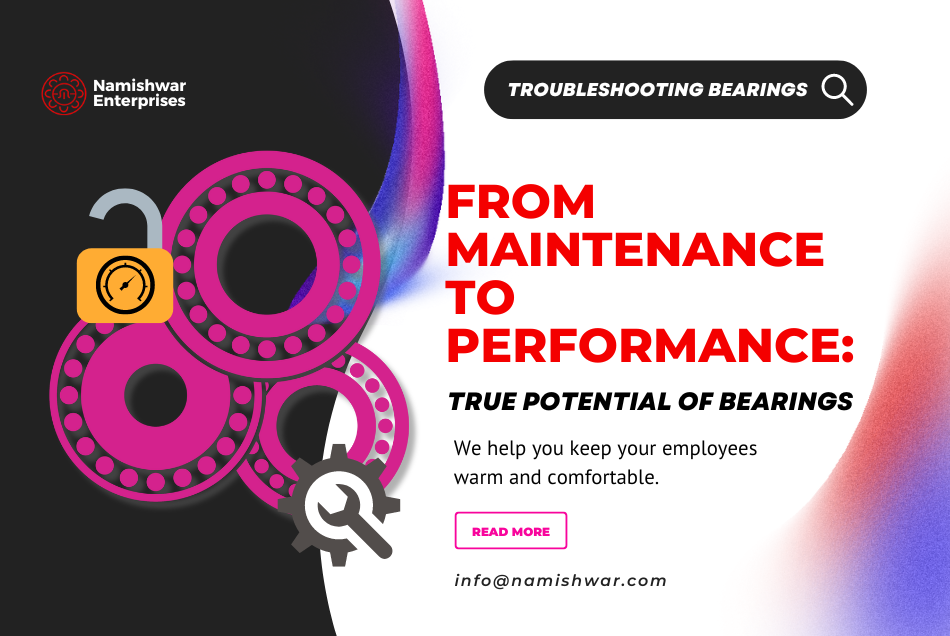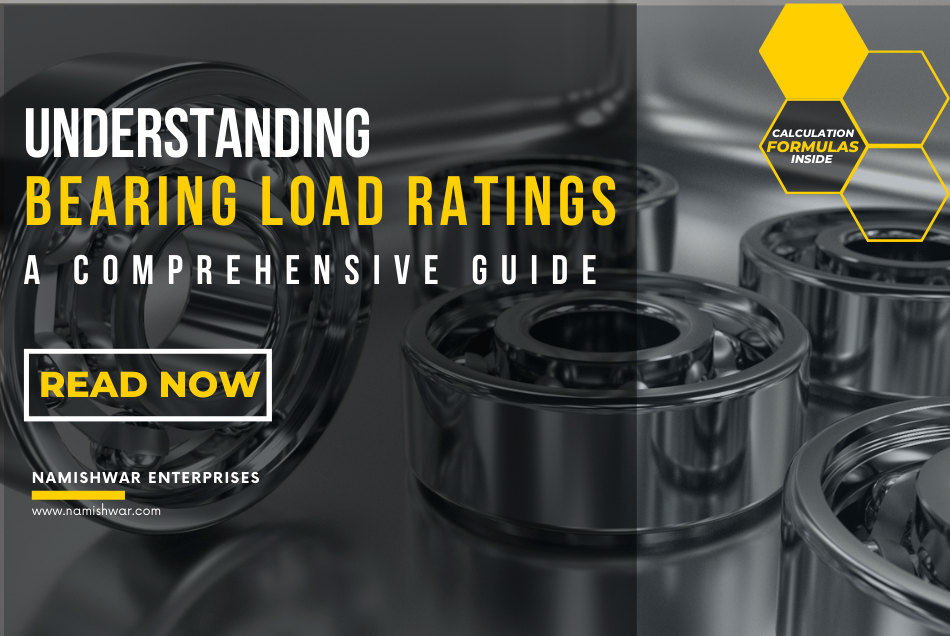Introduction
Bearing troubleshooting is crucial for maintaining machinery efficiency and reliability. This guide explores common issues, diagnostics, and solutions for bearing problems, empowering you to handle them confidently.
1. What are the signs of bearing failure?
Identifying signs of bearing failure early is crucial to preventing costly breakdowns and downtime. Watch out for:
- Abnormal Noise: Grinding, squealing, or rumbling noises often indicate bearing wear or misalignment.
- Increased Vibration: Excessive vibration can signal bearing damage or poor installation.
- Elevated Operating Temperatures: Overheating bearings suggest friction due to lack of lubrication or excessive load.
- Visible Wear: Look for signs like rust, discoloration, or visible damage on bearing surfaces.
Regular inspections using diagnostic tools such as stethoscopes for noise detection and infrared thermometers for temperature checks are vital preventive measures.
2. How to inspect bearings for damage?
Thorough visual inspection combined with manual checks is essential for detecting bearing damage early:
- Visual Inspection: Look for signs of wear patterns, discoloration, corrosion, or pitting on bearing surfaces.
- Manual Rotation: Rotate shafts manually to feel for roughness, excessive play, or resistance, indicating internal damage.
- Diagnostic Tools: Use vibration analyzers to measure vibration levels and identify irregularities that may indicate bearing faults.
Regular maintenance schedules should include these detailed inspections to ensure bearings operate smoothly and efficiently.
3. What are the common causes of bearing failure?
Understanding the root causes of bearing failure helps in implementing effective preventive measures:
- Improper Lubrication: Insufficient or incorrect lubrication can lead to increased friction, overheating, and premature wear.
- Contamination: Dust, dirt, or moisture ingress into bearings can accelerate wear and reduce lifespan.
- Overloading: Bearings subjected to loads exceeding their capacity are prone to premature failure.
- Misalignment: Poor alignment between shaft and bearing can cause uneven stress distribution, leading to wear and damage.
- Inadequate Maintenance: Neglecting regular maintenance schedules increases the risk of unnoticed wear and potential failure.
Addressing these issues promptly through proper maintenance practices significantly extends bearing life and reduces operational risks.
4. How to lubricate bearings correctly?
Proper lubrication is critical for maximizing bearing performance and longevity:
- Selecting the Right Lubricant: Choose lubricants based on operating conditions, considering factors like temperature, speed, and load.
- Monitoring Lubricant Levels: Regularly check and maintain proper lubricant levels to prevent dry running or over-greasing.
- Ensuring Correct Application: Apply lubricants evenly and ensure proper distribution throughout the bearing surfaces.
- Quality Control: Monitor lubricant quality to prevent degradation or contamination over time.
Following manufacturer recommendations and using appropriate lubrication techniques are essential for optimal bearing operation.
5. How to replace bearings safely?
Replacing bearings requires careful preparation and adherence to safety protocols:
- Isolating Machinery: Shut down equipment and isolate power sources to prevent accidental startup.
- Methodical Disassembly: Follow systematic disassembly procedures to avoid damage to surrounding components.
- Cleaning Procedures: Thoroughly clean mounting surfaces and remove debris to ensure proper seating of new bearings.
- Correct Installation: Ensure bearings are installed with proper orientation and preload according to manufacturer specifications.
Adhering to safety guidelines and best practices during replacement minimizes risks and ensures efficient equipment operation.
6. How to extend bearing lifespan?
Maximizing bearing lifespan involves proactive maintenance and monitoring practices:
- Regular Inspection Schedule: Establish a routine inspection schedule based on operating conditions and manufacturer recommendations.
- Monitoring Operating Conditions: Keep track of temperature, vibration, and load conditions to detect anomalies early.
- Optimizing Lubrication: Implement a robust lubrication management plan to ensure bearings operate under optimal conditions.
- Ensuring Proper Alignment: Correct shaft and bearing alignment reduces stress and wear, prolonging bearing life.
Combining these strategies enhances equipment reliability and reduces maintenance costs over time.
7. What tools are essential for bearing troubleshooting?
Essential tools for effective bearing troubleshooting include:
- Bearing Pullers: For safe and efficient bearing removal without damage.
- Dial Indicators: Measure shaft and bearing alignment to prevent misalignment issues.
- Infrared Thermometers: Monitor bearing temperatures to detect overheating.
- Vibration Analyzers: Assess vibration levels to identify potential bearing faults early.
Having these tools readily available enables timely diagnostics and preventive maintenance interventions.
8. How to prevent common bearing problems?
Preventive measures play a crucial role in mitigating common bearing issues:
- Adherence to Guidelines: Follow manufacturer guidelines for bearing installation, operation, and maintenance.
- Proper Storage Practices: Store spare bearings in clean, dry environments to prevent contamination and corrosion.
- Employee Training: Educate personnel on proper handling, inspection, and maintenance procedures to minimize errors and maximize efficiency.
Implementing preventive strategies reduces the likelihood of bearing failures and extends equipment reliability.
9. When should bearings be replaced?
Knowing when to replace bearings is essential for preventing catastrophic failures:
- Wear and Damage Thresholds: Replace bearings when wear, damage, or performance degradation exceed acceptable limits.
- Condition Monitoring: Use condition monitoring techniques such as vibration analysis and temperature checks to assess bearing health regularly.
Scheduled replacements based on condition monitoring results optimize equipment uptime and reliability.
10. What are the best practices for bearing maintenance?
Implementing best practices ensures effective bearing maintenance and longevity:
- Scheduled Maintenance: Establish regular maintenance intervals for inspections, lubrication, and component checks.
- Documentation: Maintain detailed records of inspections, maintenance activities, and bearing performance data.
- Predictive Maintenance: Use predictive techniques like oil analysis and vibration monitoring to anticipate and prevent failures proactively.
Continuous improvement in maintenance practices enhances equipment performance and reduces overall operating costs.
Table: Summary of Bearing Troubleshooting Guide
| Topic | Key Points |
|---|---|
| Signs of Bearing Failure | Abnormal noise, vibration, high temperature, visible wear |
| Inspecting Bearings | Visual inspection, manual rotation, use of diagnostic tools |
| Common Causes of Failure | Improper lubrication, contamination, overloading, misalignment |
| Correct Lubrication Techniques | Selecting proper lubricant, monitoring levels, ensuring viscosity |
| Safe Bearing Replacement | Safety protocols, disassembly steps, proper cleaning |
| Extending Bearing Lifespan | Regular maintenance, monitoring, optimizing lubrication |
| Essential Tools for Troubleshooting | Bearing pullers, thermometers, vibration analyzers |
| Preventing Common Problems | Following guidelines, proper storage, employee training |
| Replacement Criteria | Wear and damage thresholds, condition monitoring |
| Maintenance Best Practices | Scheduled maintenance, documentation, predictive techniques |
FAQ
How often should bearings be inspected?
Regular inspections are recommended, typically every 3 to 6 months depending on operating conditions and usage intensity.
What should I do if I hear unusual noises from bearings?
Unusual noises indicate potential issues. Stop equipment immediately, inspect bearings visually, and use diagnostic tools to identify the source of the noise.
Can bearings be reused after removal?
It depends on their condition. Bearings should be inspected for wear, damage, and proper function before considering reuse.
How can I prevent lubrication-related failures?
Ensure the correct type and amount of lubricant are used. Monitor lubrication levels regularly and follow manufacturer recommendations for reapplication.
What are the consequences of bearing misalignment?
Misalignment can cause accelerated wear, increased friction, and premature failure. Correct alignment during installation and regular checks are essential.
Is it necessary to replace bearings in pairs?
Replacing bearings in pairs is often recommended to maintain balance and uniform load distribution, especially in critical applications.
How can I optimize bearing performance in harsh environments?
Choose bearings rated for the specific environmental conditions. Implement enhanced sealing and lubrication practices to protect against contaminants.
This comprehensive guide equips you with the knowledge to diagnose and resolve bearing issues effectively, ensuring optimal machinery performance and longevity.

